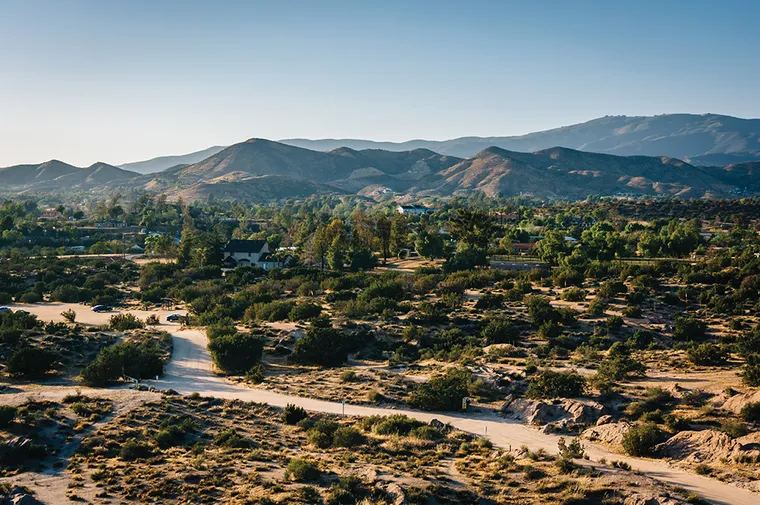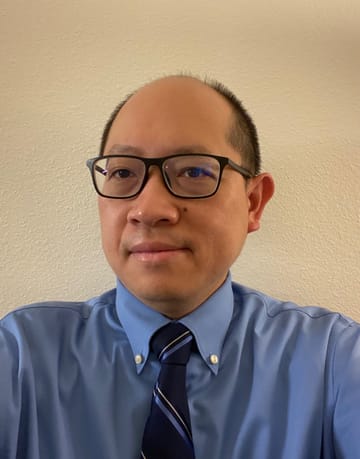The vital role of nature centers and programs that bring nature closer to home
Los Angeles County is home to some of the most diverse natural landscapes in the nation, ranging from the San Gabriel Mountains to the Pacific coastline. Within this region of over 10 million residents, nature centers play an essential role in bridging the gap between people and the environment, offering spaces for education, recreation, and conservation. The Los Angeles County Department of Parks and Recreation (DPR) offers critical nature-based programs and resources through its system of nature centers as well as community-focused initiatives that bring outdoor education and engagement opportunities directly into neighborhoods and local parks. As L.A. faces increasing challenges related to climate change, biodiversity loss, and environmental injustice, the preservation, expansion, and improvement of access to nature centers and programs that connect residents to nature are more important than ever.


